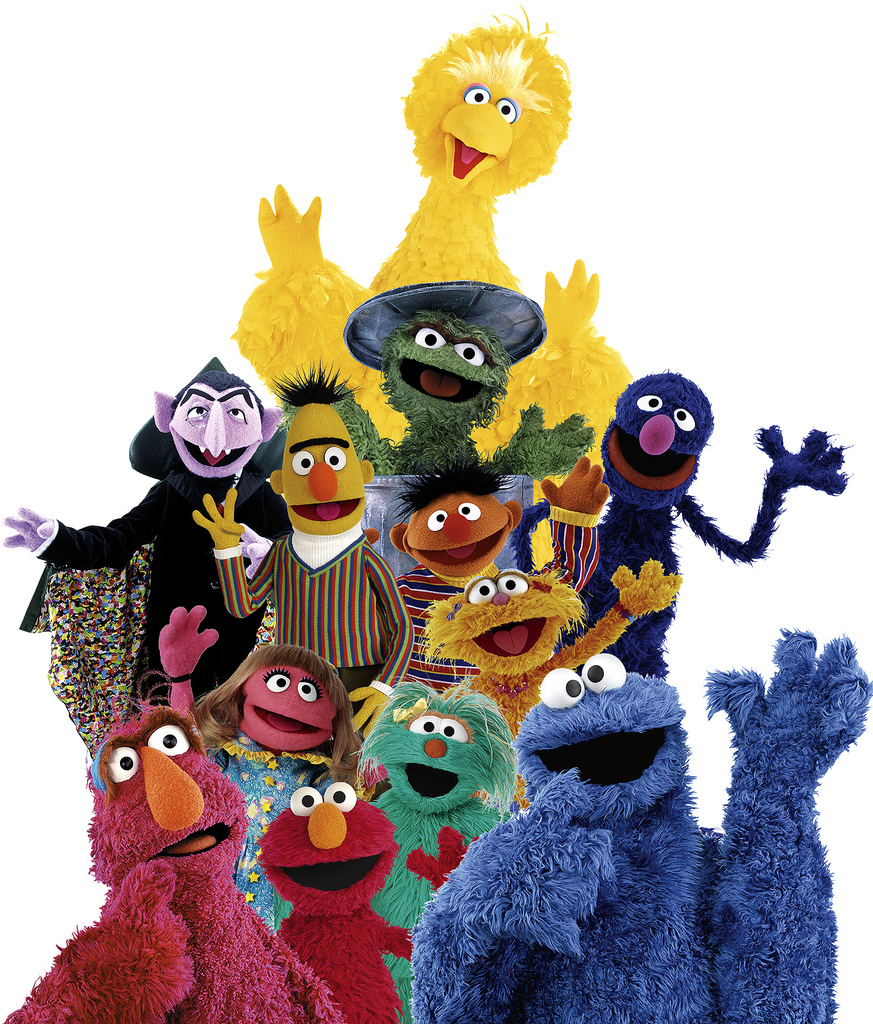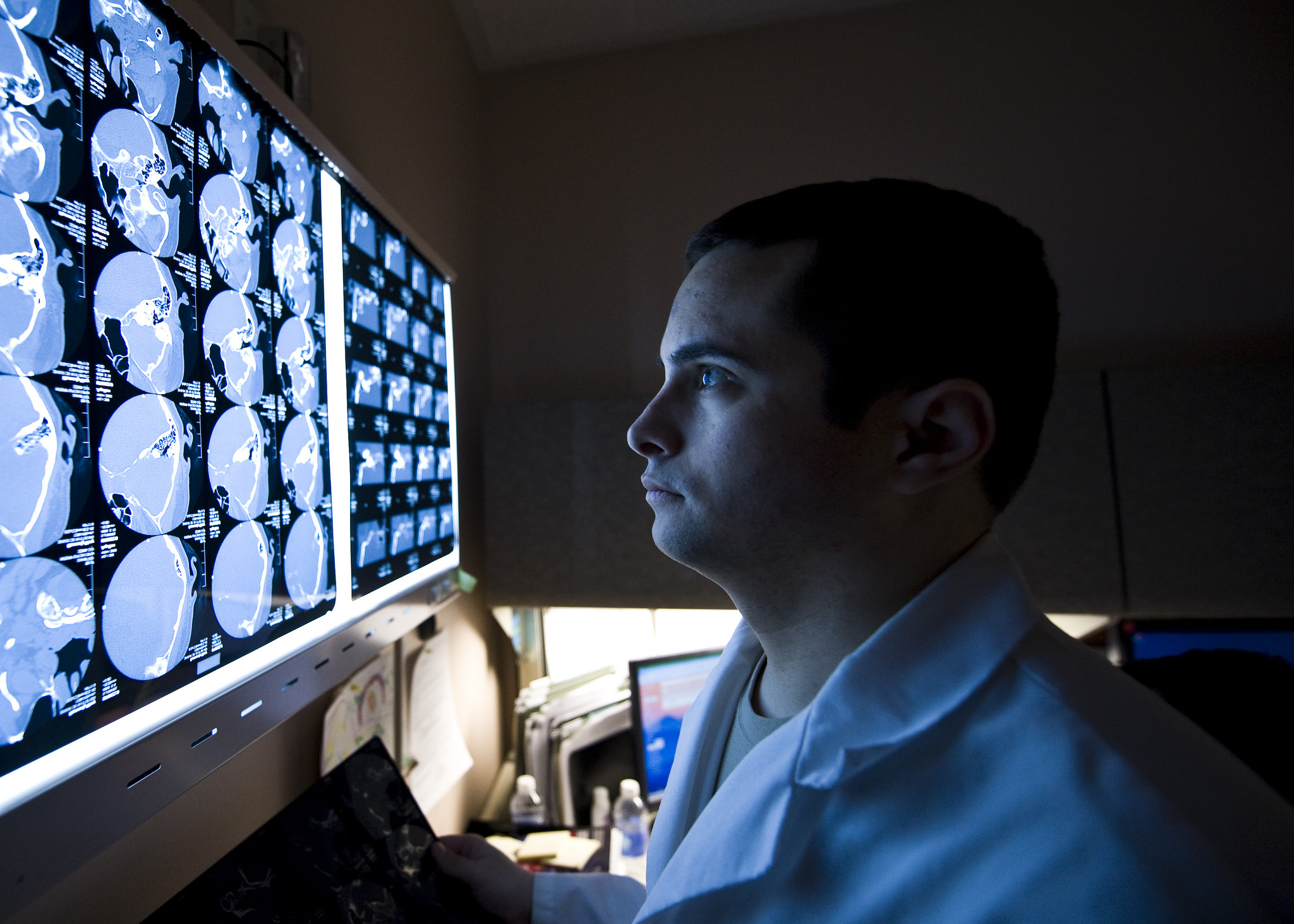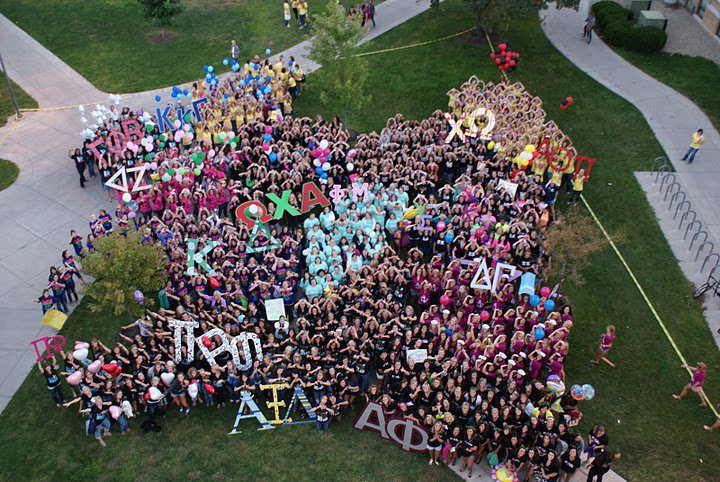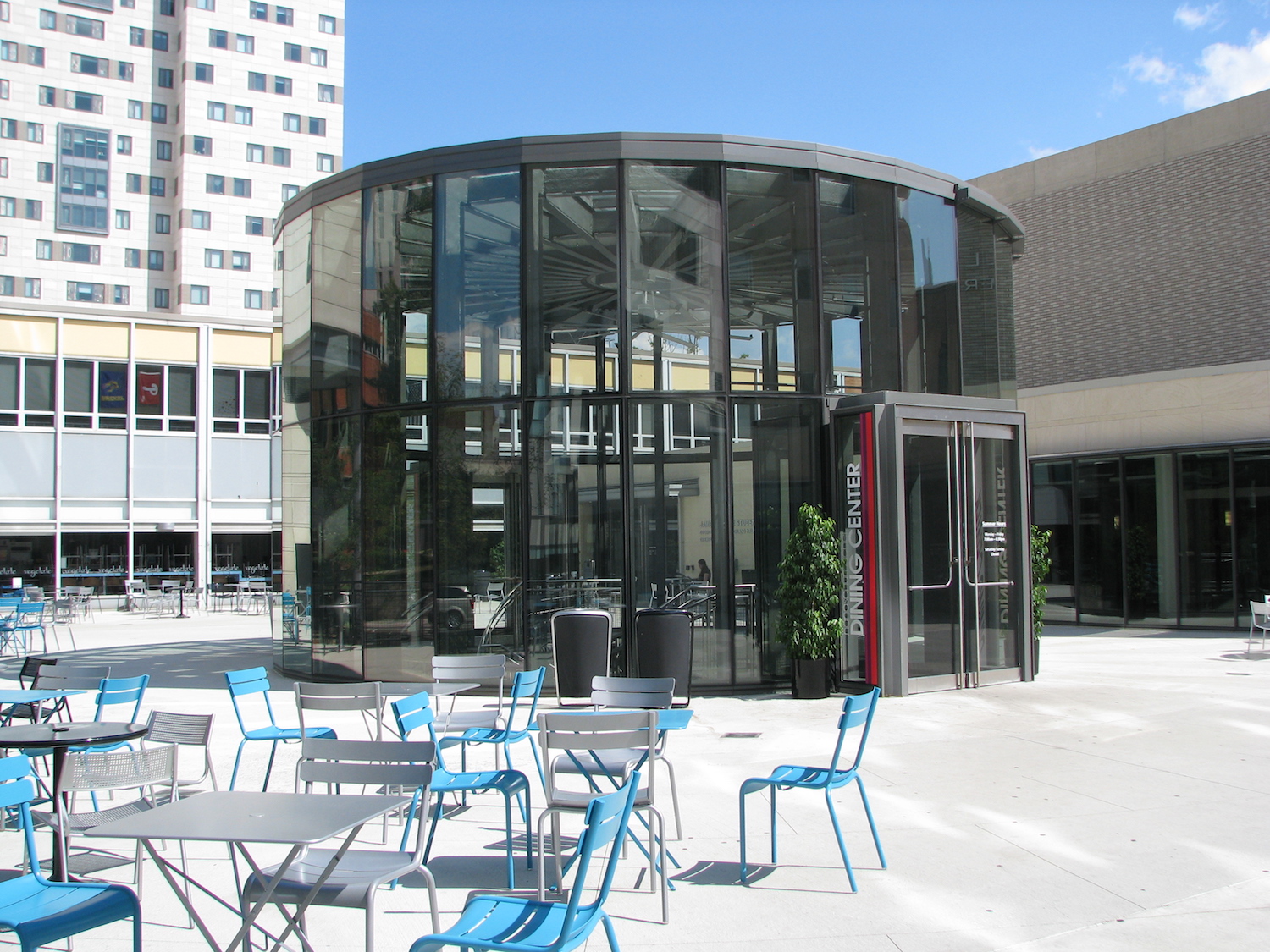
Photograph courtesy Dean812 Flickr
Anxiety is a term that we are probably all familiar with. It’s a feeling that every person will confront at some point, but not everyone knows exactly how to cope with it.
Allow me to first acknowledge that there is a difference between being anxious and having an anxiety disorder. Feeling anxious — while unsettling — is normal, especially before giving a lengthy speech or socializing with new people. However, if feelings of anxiety begin to affect one’s daily life, this may indicate that one is suffering from an anxiety disorder. About 40 million Americans live with anxiety disorders. They are among the most common mental illnesses in the United States.
Although I have not been diagnosed with an anxiety disorder, it is safe to say that anxiety has affected my life in several ways. It strips away my self-confidence and my will to seize opportunities and to speak up. I’ve auditioned for plays with the hopes of landing a role, but my anxiety would sabotage me the second I got on stage; I would stutter, forget my lines and tremble. Raising my hand in class is often an issue because I am sometimes not confident enough in my answer to say it in front of the whole class. Anxiety has simply made everything more difficult than it needs to be.
Coping with anxiety is very personal; everyone has their own strategies and solutions that make them personally feel better. For some with serious anxiety disorders, the only way to cope is through medication and therapy. For anyone suffering with any kind of anxious feelings, I encourage finding coping tactics that make them personally feel happy and relaxed. I also hope to help people in that search by giving some tips that have absolutely helped me conquer my constant anxious feelings.
A tactic that I have found personally helpful is to challenge myself to speak up more. This quarter, I am taking both a public speaking and an acting class. Both have already helped me tremendously in overcoming my social anxiety.
One of the first lessons in my public speaking class was about overcoming communication anxiety. My professor acknowledged that mostly everyone, including herself, suffers from anxiety and gave suggestions on how to overcome it. This lesson made me feel more comfortable in the class and made me respect my professor greatly for acknowledging this. For so long, I have felt ashamed of my anxious feelings that I can’t control, but it is comforting to know that no one is alone in this.
So far, acting class has helped me incredibly in overcoming anxious feelings. My instructor has been sure to assert that acting is all about what makes humans, well, human. My classmates and I are always doing some kind of exercise that is designed to help us be more comfortable on stage, work together, have fun and relax. Any time our instructor catches us not smiling or laughing, she exclaims, “Come on, this isn’t cancer research! Have fun with it!” In this class, I feel embraced by a group of classmates who feel just as anxious as I do about performing, and they inspire me daily to overcome my anxious, self-sabotaging feelings.
Being anxious is part of being human, so nobody should ever feel ashamed or defeated by their anxiety. I recommend anyone who has issues with feeling anxious should challenge themselves to be above it. You never know what you are truly capable of overcoming.
However, if you feel that anxiety is affecting your everyday life, it may be smart to see a doctor about anxiety disorders. There is absolutely no shame in this; in fact, it takes a tremendous amount of courage to take initiative with your mental health. Treatment can be helpful and is available, yet only one-third of people with anxiety disorders receive it.
It is important to act and put your health first so that you can continue to be the wonderful person you are, without being weighed down by your nerves.









